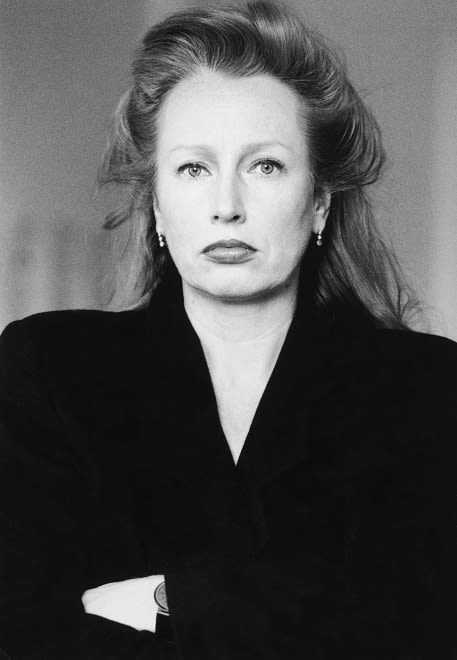Rebecca Horn was born in Germany in 1944 into a Jewish merchant family. Since 1970, Horn has been actively involved in the international contemporary art scene with her multimedia conceptual art making her a key figure in the new wave of post-War art in Germany.
While studying in Hamburg, Horn suffered an acute lung infection after inhaling fiberglass particles, which led to a year-long convalescence. During her therapy, the frail Horn became aware of the boundaries of the interaction between the subjective and the objective world, she began to think about the range and limits of bodily movement, eventually developing her signature body art and “wearable sculptures”.
By the 1980s, Horn’s primal curiosity about movement – where the interface between the body and the environment around it lies – had resulted in her unique artistic language. No longer content to focus on using the human body as a medium, she began to create new forms of mechanical installation. As an important figure of the post-War art movement, Horn was influenced by Surrealism, particularly Meret Oppenheim’s “furred sculpture objects”. Horn has produced primarily female responses to the artistic explorations that came out of industrial-mechanical aesthetics. In a 1997 interview, Horn said, “The sculptures are living experiences crystallized into a kind of chemical formula.”
To Horn, the mechanical installation is not about “machines” but “tensions”: “It stands for what emotions could be as movement.” [ Round The Horn: An interview with Rebecca Horn, IN INTERVIEWS FRIEZE| 06 SEP 94]

